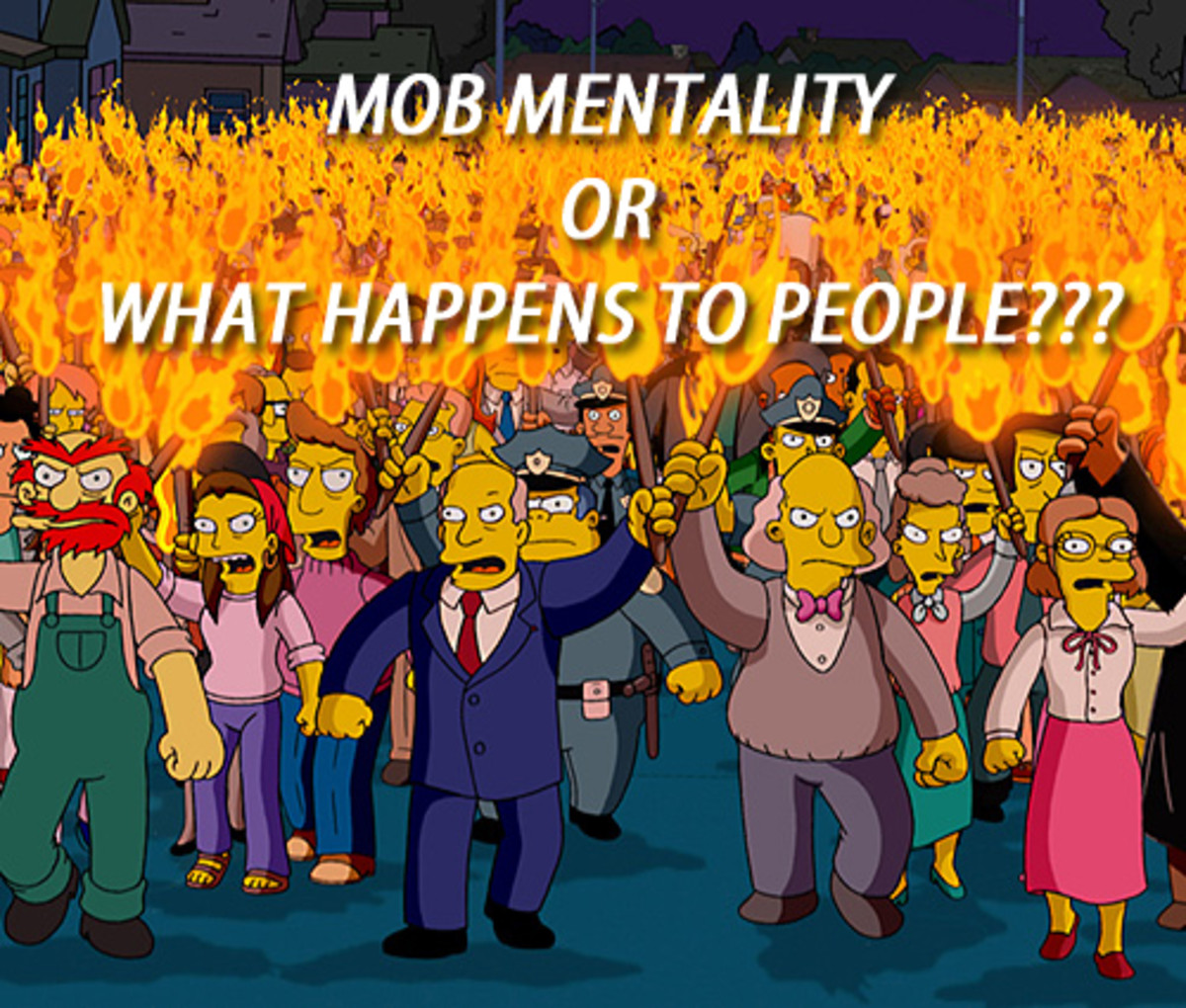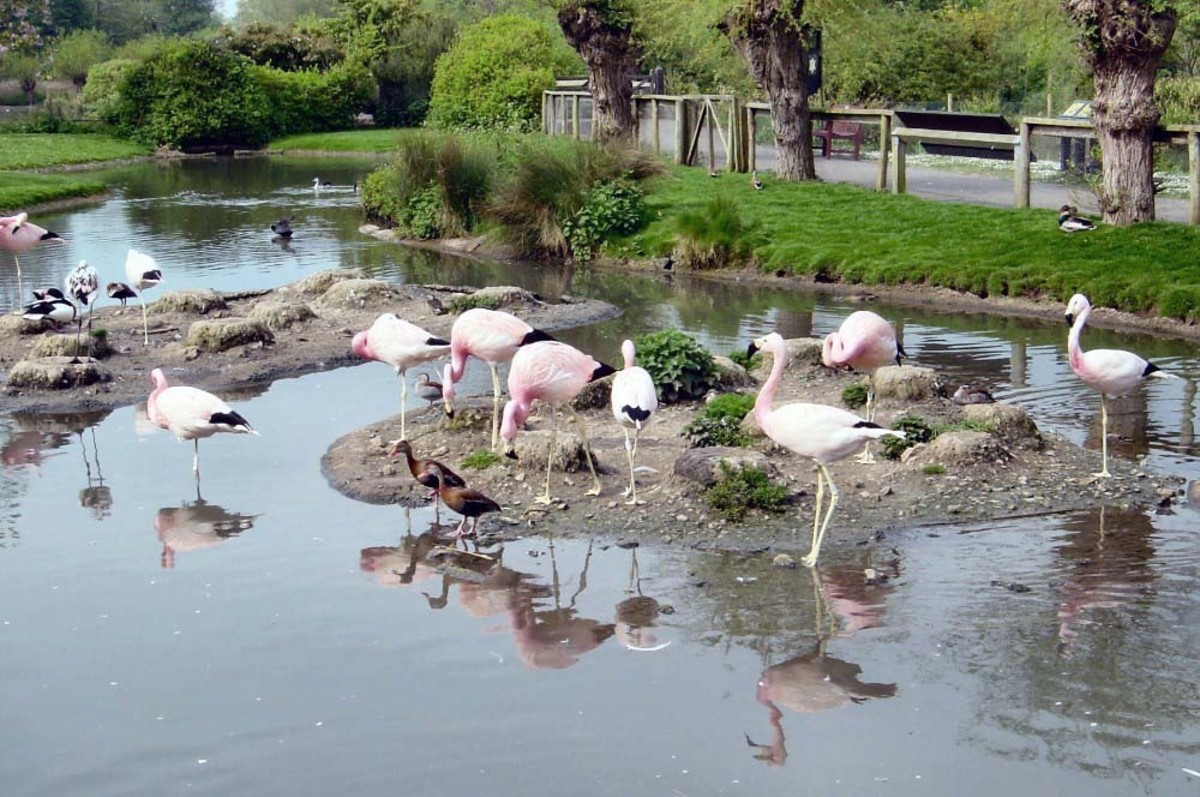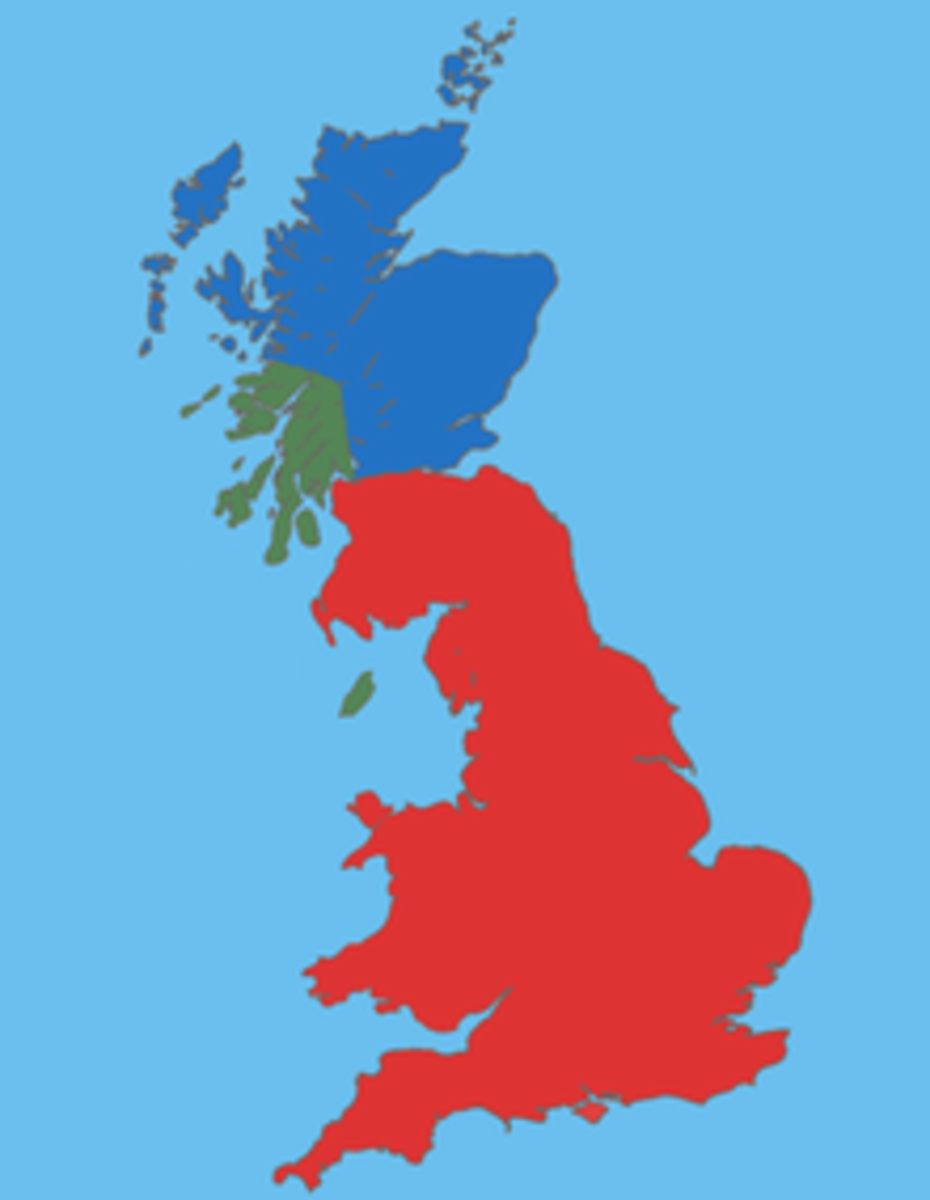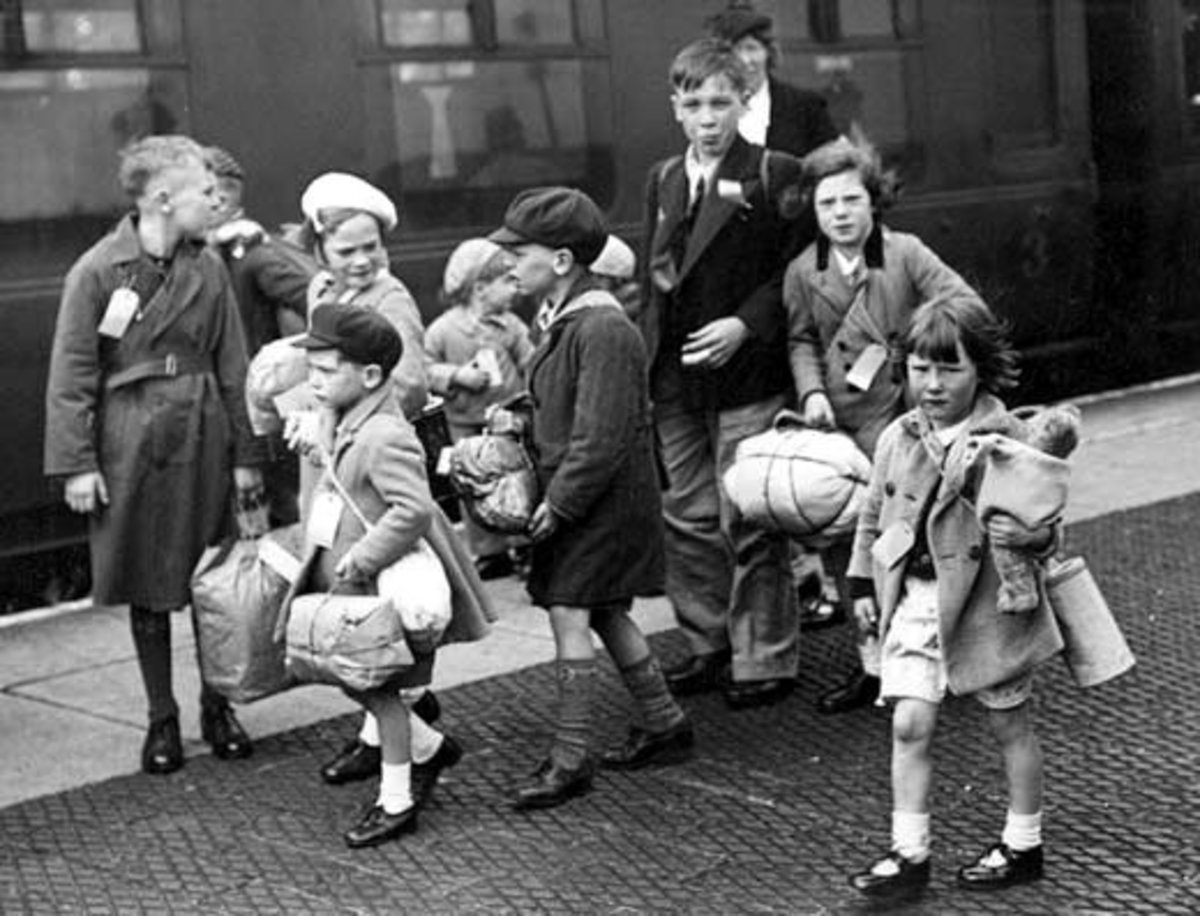Horrendous Past of Britain
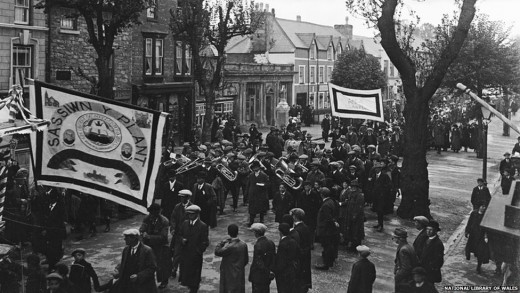
In the 19th century, the industries in Britain have developed significantly from small cottages into large factories industries. One of the industrial towns is Manchester; its industry was improved from a market town to a leading centre of a cotton industry. So people from rural areas have begun to migrate into urban industrialise areas. Not only mainly because they were looking for a job, but also because they want to have an easy access to clean water and many other benifits. This process is called urbanisation.[1]
However, it makes the population grew very rapidly in the cities. In 1806 to 1861, Leeds was reported to have the lowest percentage of the population growth in Britain with 391 percent whereas Salford was reported to have the highest growth with 729 percent, that is amongst all six towns in England such as Birmingham, Glasgow, Leeds, Liverpool, Manchester and Sheffield [2]
Another problem of the population growth is that it was also resulted with poor housing conditions and with restrictions of access to clean water. The air becomes heavily polluted with smoke from home and factories. There were also waste problems disposal in towns which was resulted to a serious rate of cholera and typhoid infections and had caused of a high death rate in the urban areas. In fact, it was reported in the Board of Health on 26th of May 1832 that about 76,000 persons in fewer than 14 streets have common sewer particularly in the Blue Bell Fold in Leeds. According to the report that this was the first case of cholera and spread with considerable rapidity at the beginning of July[3]. D. Fraser, he said: ‘It was the Industrial Revolution, accompanied by a massive shift in population from rural to urban areas, which created a public health problem.’[4]
In other words, these health dilemmas were born and became even more dominant as the industrialisation and urbanisation progressed. In fact, the average of death rate of professional persons and gentry in Manchester were 38 whereas in Rutland (shire) were 52. The average of date rate of tradesmen in Manchester were 20 whereas in Rutland (shire) were 40. The average of death rate of mechanics and labourers in Manchester were 17 whereas in Rutland (shire) were 38. This means that Rutland (shire) has a higher death rate compared to Manchester’s[5], and in fact, on 1847 there had been reported of astonishingly 10,000 people died because of typhus epidemics in the land [6]
On the other hand, however, there were also demographic changes particularly in England, which was caused by the enclosure movement in agriculture. Once enclosed, these uses of the land become restricted to the owner, and it ceases to be a common land.[7] In addition, this is also because of the development within the agriculture such as the invention of Threshing machine (first invented by Scottish mechanical engineer Andrew Meikle) [8], mainly because for landowners it had increased their farm production, and so the labour had declined greatly. To put it simply, people were starting to loss their jobs at this time and they were forced to go move out from the countryside into big cities, and that makes the population in England become overwhelmingly high. John Wilkes (1984) said: ‘From year 1701 the total population in England was 5,100,000. The year 1901 the population grew 6 times, there were 30, 500,000 people lived in England.[9]The demographic growth in England was caused by the birth of an industrial economy in Britain. The century after 1721, the British population have doubled from 7.1 to 14.2 million people.’[10]
In contrast, Wales’ population was also fluctuating from 450,000 in 1701 into 2,000,000 in 1901. After 200 years the population leapt about 5 times whereas England’s population was from 5,100,000 in 1701 to 30,500,000 in year 1901.[11] This is 15 times contrasting the population in Wales in 1901. According to some historians that this is because of the birth rate combined with a fall in the death rate and that the population in England and Wales was highly increasing. [12]
However, there are also vital social positive changes of industrialisation since many inventions came out such as steamships and railways and bridges were created. One of the momentous inventors is Isambard Kingdom Brunel who created the Great Western Railway.[13]. Another thing, it also has effects in family lives as men role were breadwinners whereas women was employed basic tasks in the industry. Children were also liable to work for longer hours, which brought big income for their families and many other positive outcomes14] However, they could hardly have one day off and that they were liable to work even on holidays. R Cookson in 1806 said: ‘I found the utmost distaste on the part of the men, to any regular hours or regular habits, could explain this... The men themselves were considerably dissatisfied, because they could not go in and out as they pleased, and have what holidays they pleased, and go on just as they had been used to do [when they worked at home]’[15] In other words, people at this time were very frustrated being forced to work every time.They were unable to have a rest and therefore unable to have their holidays as they wish. To an extent, this is humiliating particularly for the poor that they were making the lives of the rich people could be better enjoyed whilst they were suffering with low-income wages.
The agricultural labourer in general was miserable because they were suffering low wages income during the Napoleonic war. They were also suffering bad condition and incredibly long hours of work and people had no political voice and had no right to vote, and that was resulted of the 'Swing riots'. The main targets for protesting crowds were the landowners and they destroyed or dismantled the Threshing machine. Because of the riots there were 400 rioters were imprisoned, 457 were transported to Australia, 19 were executed and 9 were hanged throughout England.[16]
The working settings in factories and mines were shockingly unregulated so humanitarians put pressure on government to take immediate actions in order to solve these dangerous and unhealthy acts especially for the case of children in the workplace. So this 'poor' system has led to setting up a Royal Commission in 1832. The government implemented various Factories Acts, but only Factory Act of 1833 was the first one to be effective. It was made children aged 9 to 13 were limited to eight hours’ work a day and young people aged 14 to 18 to work up to 12 hours every day.[17]
In religion, becuase of the urbanisation methodism gained believers as well as the Roman Catholic Church in England and Wales re-established a hierarchy, which is boosted by the immigration.[18]In fact, in the religious census stated that there were 2,813 chapels in Wales in 1851.[19] This clearly means that this was as well one of the positive effects of urbanisation in Great Britain. In addition, urbanisation led the development of education intended especially for the poor. This idea was from the churches particularly the Evangelicals who saw it as a duty to educate children in the principles of religion. Through political awareness, they have done educational reform, which was about 60 percent of English children went to a school, but only 10 percent were at schools of a reasonable educational standard. So the church placed more weight on religious instruction than in general education. They have used the ‘monitorial system’, which was founded by the two religious societies such as the National Society and Church of England Society in 1811 and the British and Foreign School Society in 1814.[20]
All in all, although that because of urbanisation, urban areas were facing social and health and political issues. However, the benefits overweight its drawbacks mainly because it has started to become a well-developed countries.
References
[1] Robertson, John, The Report of the Select Committee on the Health of Towns, 1840
Sources 3.2 cited in Victorian Social Life: British Social History 1814-1914 by Jenkins Jane and Evans Eric, published in London, 2002: page 86.
[2] D. Fraser, The Evolution of the British Welfare State, 1973
Sources 3.1 cited in Victorian Social Life: British Social History 1814-1914 by Jenkins Jane and Evans Eric, published in London, 2002: page 86.
[3] Dr. Baker, Robert, The Report of the Leeds Board of Health,1833
Sources 3.9 cited in Victorian Social Life: British Social History 1814-1914 by Jenkins Jane and Evans Eric, published in London, 2002: page 90.
[4] Victorian Social Life: British Social History 1814-1914 by Jenkins Jane and Evans Eric, published in London, 2002: page 85.
[5] Chadwick, Edwin, Report on the Sanitary Condition of the Labouring Population of Great Britain,1842
Sources 3.10 cited in Victorian Social Life: British Social History 1814-1914 by Jenkins Jane and Evans Eric, published in London, 2002: page 91.
[6] Rees, R. Poverty and Public Health, 1815-1948, http://www.autologyworld.co.uk/uib/publishers/Post16_History/Heinemann_Advanced_History/Poverty_and_Public_Health.pdf#page=113, accessed on 11/12/11.
[7] Wikipedia (27/05/12), Enclosure, http://en.wikipedia.org/wiki/Enclosure, accessed on 11 June 2012.
[8] Wikipedea (23/03/12), Threshing machine, http://en.wikipedia.org/wiki/Threshing_machine, accessed on 11 June 2012.
[9] Wilkes, John, United Kingdom: A Social and Economic History of Modern Britain, 1984
[10] Professor Morgan, K. (2011-02-17) BBC History, http://www.bbc.co.uk/history/british/empire_seapower/overview_empire_seapower_01.shtml, accessed on 10/12/11.
[11] Wilkes, John, United Kingdom: A Social and Economic History of Modern Britain, 1984
[12] Demographic Change in Britain, Why the Population Grew, 1750-1850.
[13] Autology Wiki, England, http://www.autologyworld.co.uk/uib/wiki/wp/e/England.htm, accessed on 11/12/11.
[14] Professor Morgan, K. (2011-02-17) BBC History, http://www.bbc.co.uk/history/british/empire_seapower/overview_empire_seapower_01.shtml, accessed on 11/12/11.
[15] The White Slaves of England.
[16] VillageNet.co.uk (2011), Captain Swing Riots (1830AD – 1831AD), http://www.villagenet.co.uk/history/1830-swingriots.php, accessed on 22/09/11 and 11/06/12.
[17] Poor Law to Welfare State 1830-1948, http://www.autologyworld.co.uk/uib/publishers/Post16_History/Letts_LSG_History_A2_Post_16/History_-_Poor_Law_to_Welfare_State_1830-1948_-_Chapter_2_-_Letts_Study_Guide_-_Post_16.pdf#page=10, accessed on 12/12/11.
[18] Autology Wiki, England Religion, http://www.autologyworld.co.uk/uib/wiki/wp/e/England.htm, accessed on 12/12/11.
[19] Royal Commission, http://www.rcahmw.gov.uk/HI/ENG/Heritage+of+Wales/Across+Time/Victorian+Society/, accessed on 12/12/11.
[20] Poor Law to Welfare State 1830-1948, http://www.autologyworld.co.uk/uib/publishers/Post16_History/Letts_LSG_History_A2_Post_16/History_-_Poor_Law_to_Welfare_State_1830-1948_-_Chapter_2_-_Letts_Study_Guide_-_Post_16.pdf#page=10, accessed on 12/12/11.

